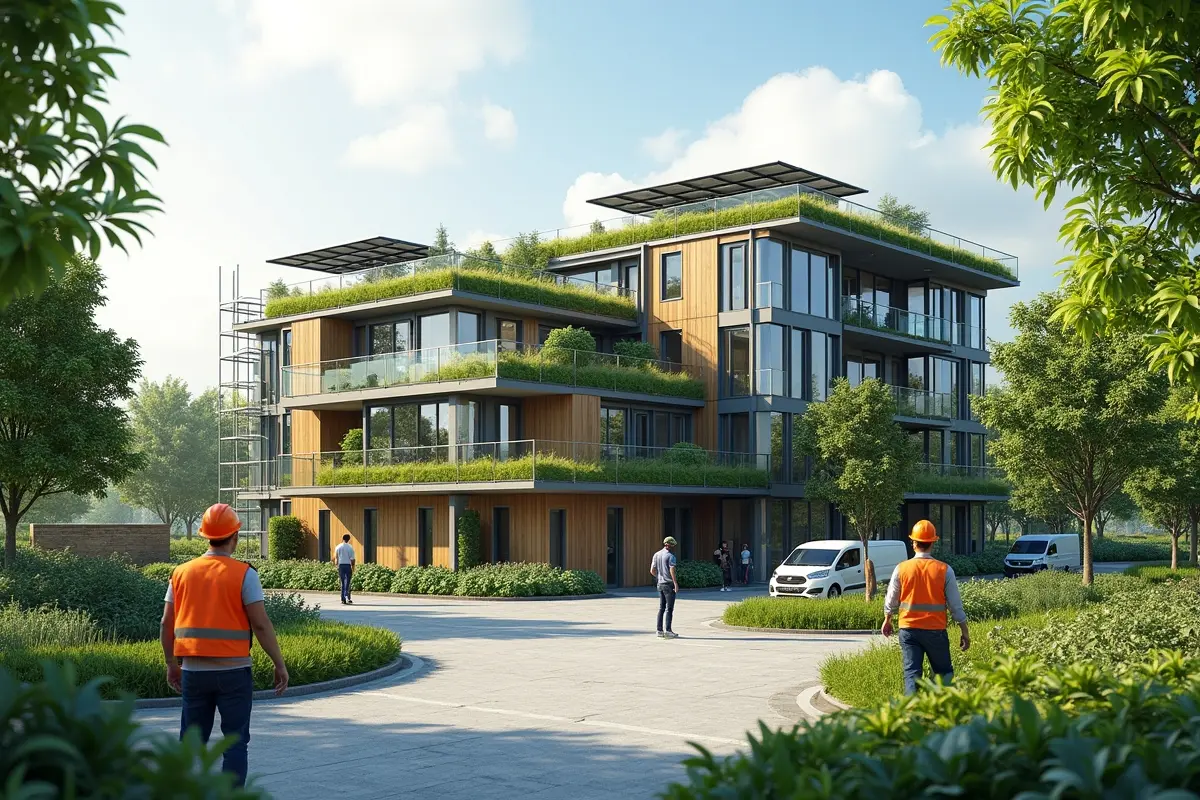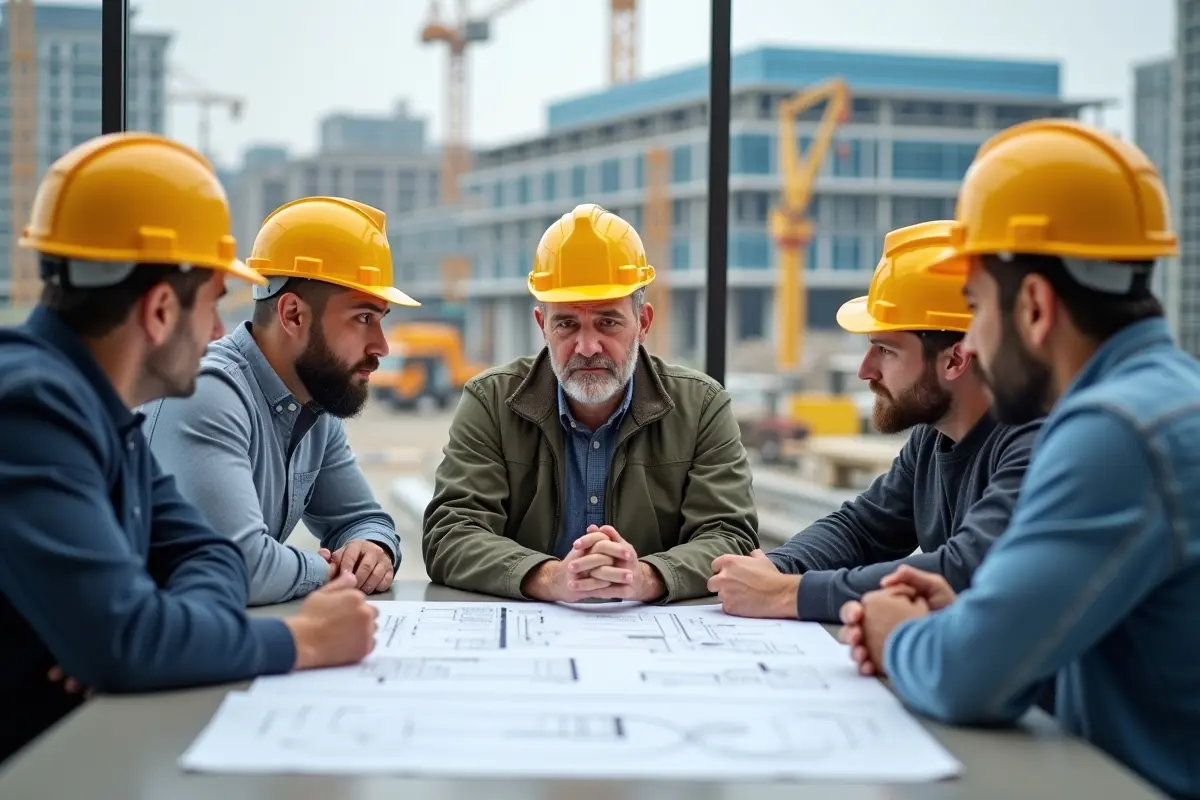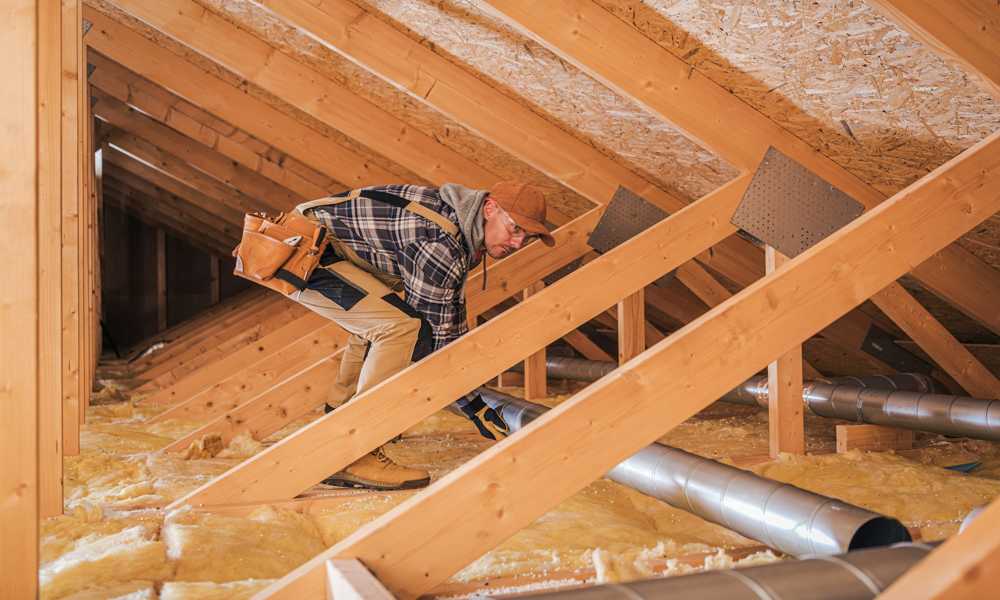The real estate sector is at the forefront of tackling climate change and urban growth, driving a transformation towards more responsible and innovative development practices. As the demand for environmentally conscious real estate grows, developers are embracing new models and technologies to reduce their carbon footprints and support sustainable communities. Visionaries and organizations like Rofino Licuco are leading this movement, helping to reimagine urban landscapes for the next generation.
Today’s developers are building more than just structures; they create resilient spaces that balance economic growth with ecological responsibility. Sustainable design and green construction aren’t just buzzwords—they’re rapidly becoming industry standards in residential and commercial real estate. Integrating environmentally friendly strategies preserves cultural heritage, maximizes energy efficiency, and fosters long-term economic value for owners and tenants.
Advancements in technology, innovative funding mechanisms, and a renewed focus on properties’ social and environmental impact are reshaping how cities and communities evolve. From adaptive reuse of historic buildings to deploying smart sensors and ESG-driven investments, a holistic view of sustainability is emerging within the real estate industry.
These innovative approaches address the urgent need for environmental action and deliver tangible value to investors and residents alike, setting new benchmarks for the industry’s future. For an in-depth discussion on global sustainable real estate trends, this New York Times feature offers additional insights.
Adaptive Reuse: Preserving Heritage, Transforming the Future
Adaptive reuse has emerged as a powerful strategy for sustainable development. Rather than demolishing aging structures, developers are reimagining their purpose, breathing new life into forgotten landmarks and reducing construction waste. Projects like New York City’s High Line exemplify how former industrial relics can transform neighborhoods, providing green spaces and cultural value while minimizing environmental impact.
By retaining the core and shell of existing buildings, adaptive reuse conserves resources and reduces emissions often associated with new construction. This approach also preserves the unique character of local communities, bridging the gap between historical preservation and modern living. Cities around the globe are recognizing the dual benefits—environmental and cultural—helping to create attractive, vibrant neighborhoods rooted in history.
Environmental Benefits and Community Impact
Beyond reducing material waste and embodied carbon, adaptive reuse can spark economic revitalization. New businesses, housing, and public amenities flourish in thoughtfully repurposed spaces, rejuvenating districts that might otherwise fade into disuse. The ArchDaily report on adaptive reuse highlights transformative projects throughout Europe and North America, demonstrating global momentum for this trend.
Net-Zero Energy Buildings: Leading the Path to Sustainability
Net-zero energy buildings (NZEBs) represent a pivotal shift toward carbon neutrality in real estate. Designed to generate as much energy as they consume over a year, these buildings combine renewable energy production—such as solar panels or geothermal systems—with advanced insulation and energy-efficient lighting, HVAC, and appliances.
The Edge in Amsterdam is a leading example, widely recognized as the world’s greenest office building. With advanced building management systems, daylight harvesting, and occupant-friendly automation, it sets a benchmark for sustainable design and operational efficiency. NZEBs also offer greater cost savings over the long term and can enhance property value as energy prices fluctuate and regulatory pressures increase.
Boosting Resilience and Market Demand
As more businesses and governments prioritize climate action, demand for net-zero developments is poised to soar. These buildings increase resilience to energy market disruptions, reduce operational expenses, and align with the green mandates of leading organizations. According to the World Green Building Council, net-zero buildings accelerate progress toward global decarbonization goals, proving their environmental and financial viability.
Smart Technology Integration: Enhancing Efficiency and Comfort
The integration of innovative technologies is revolutionizing property management and tenant experiences. Through sensors, IoT devices, and intelligent automation, building systems can adapt in real-time to occupancy and environmental changes, optimizing energy usage and reducing waste. Real-time monitoring of lighting, temperature, and air quality empowers building operators to tailor environments for maximum comfort while minimizing unnecessary consumption.
Personalized controls and predictive maintenance informed by intelligent analytics improve operational efficiency and occupant satisfaction. Smart buildings also see lower utility costs, streamlined facility management, and improved health outcomes for residents and employees. As artificial intelligence and connectivity evolve, innovative solutions are becoming the backbone of high-performance, sustainable buildings.
Driving the Connected Future
Connected technologies are environmental assets and attract forward-thinking tenants seeking flexible, healthy spaces. As Forbes highlights, smart-building adoption is gaining momentum across all property types, laying the foundation for the connected cities of tomorrow.
Modular Construction: Revolutionizing Building Methods
Modular construction methods are transforming how buildings are designed and delivered. By producing building modules in off-site factories and assembling them on location, developers minimize waste and reduce the carbon footprint of logistics and site activities. This approach shortens construction timelines, lessens environmental disruption, and ensures high quality through controlled manufacturing.
Modular techniques can be applied to residential, commercial, and even healthcare facilities—offering rapid, cost-effective solutions without compromising design flexibility or energy performance. Successful projects worldwide showcase modular’s scalability and suitability for affordable and luxury projects.
Scalability and Environmental Gains
Prefabrication minimizes errors, enhances workforce safety, and allows materials to be recycled and reused. As sustainable materials and precision engineering become more integrated, modular construction stands out as a core strategy for responsible real estate development.
Green Financing & ESG-Linked Incentives: Driving Sustainable Development
Access to green capital has accelerated innovations in sustainable developments. Major real estate players leverage green bonds, sustainability-linked loans, and ESG metrics to secure investment and incentivize eco-friendly construction. Companies like Prologis and Brookfield are at the forefront, issuing green financing to expand their portfolio of high-efficiency buildings.
Organizational goals are increasingly tied to environmental impact, with some companies even linking executive compensation to sustainability achievements. CapitaLand, for example, has mobilized over $3 billion in green finance, propelling retrofits and cutting-edge new builds that align with its climate strategies. The rise of ESG reporting further motivates transparency and accountability, reinforcing sustainable business practices throughout the industry.
The Future of Sustainable Investment
As stakeholders—from government agencies to private investors—demand clearer proof of sustainability, the role of green financing will only grow. The Wall Street Journal provides a thorough analysis of green bonds and their impact on commercial real estate funding.




